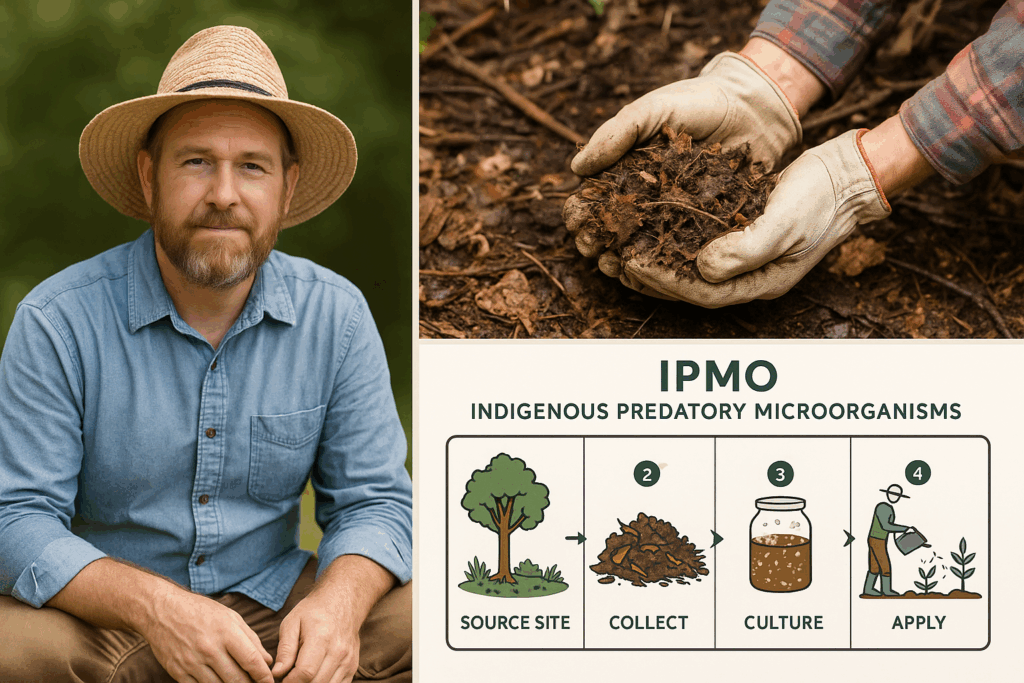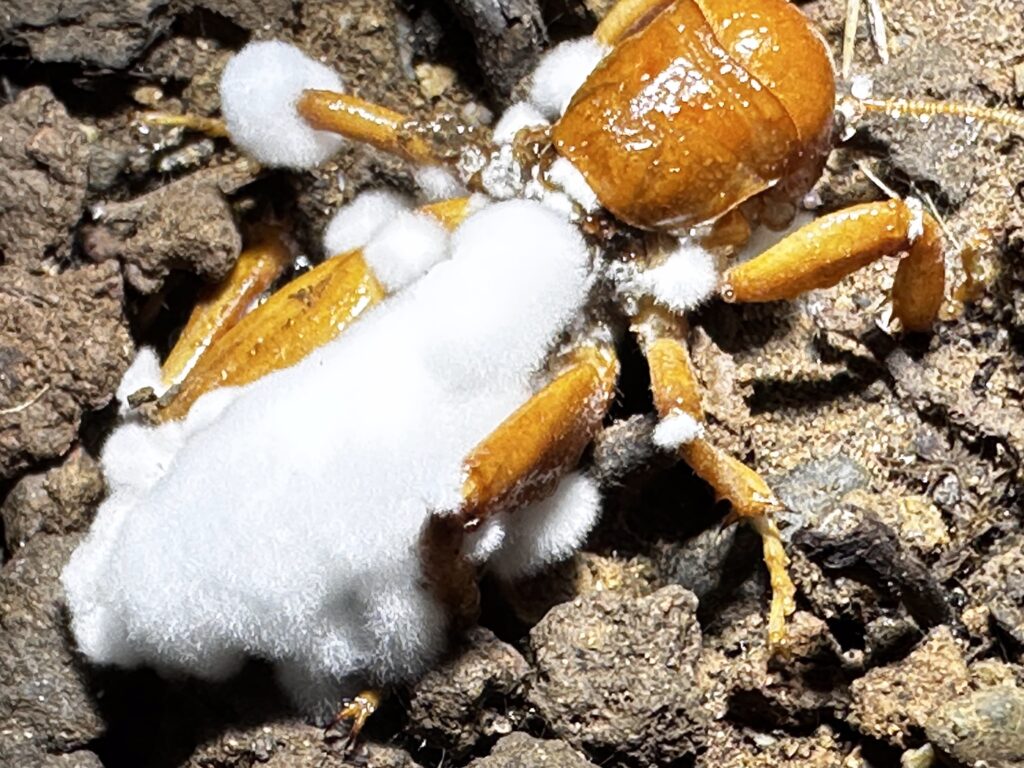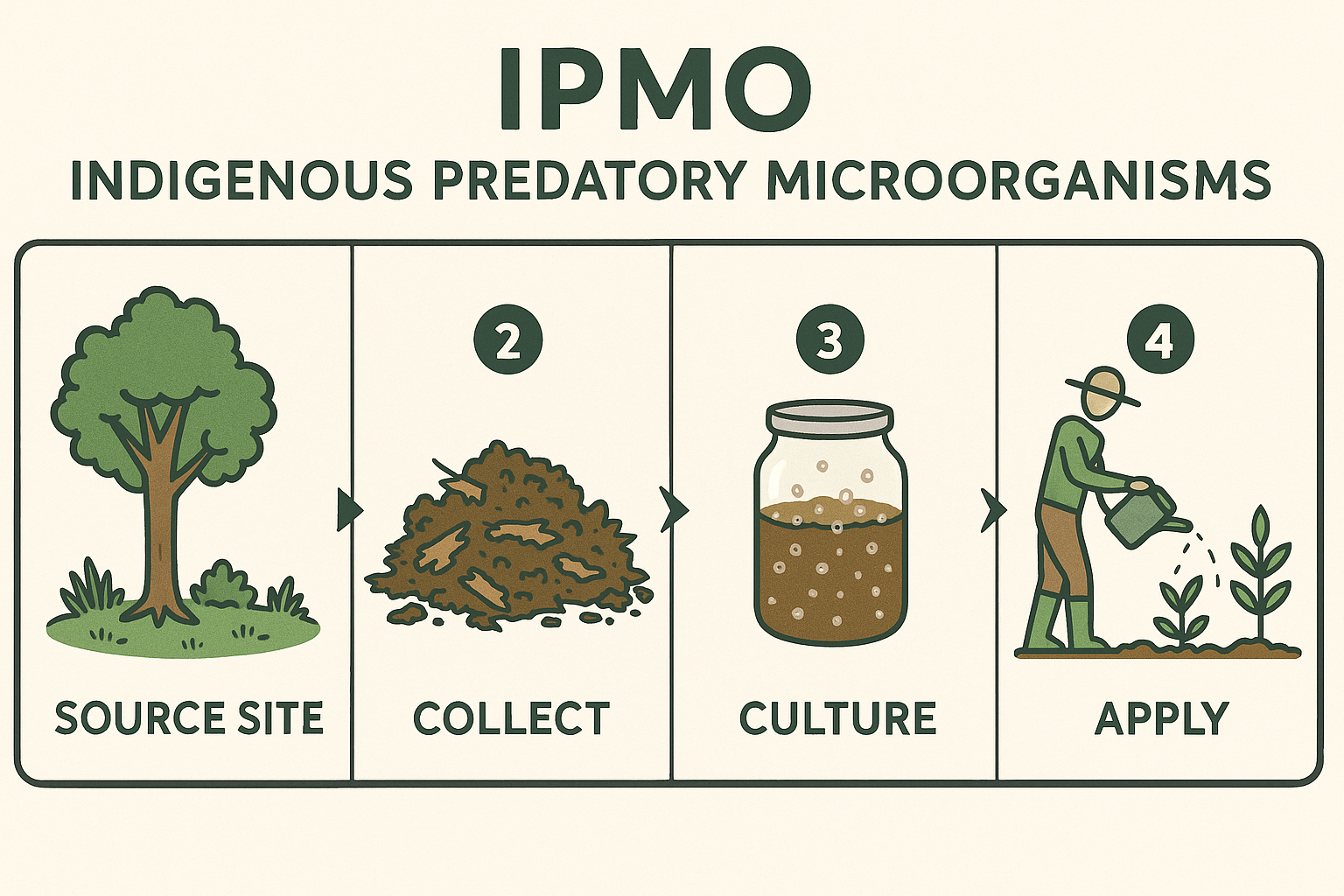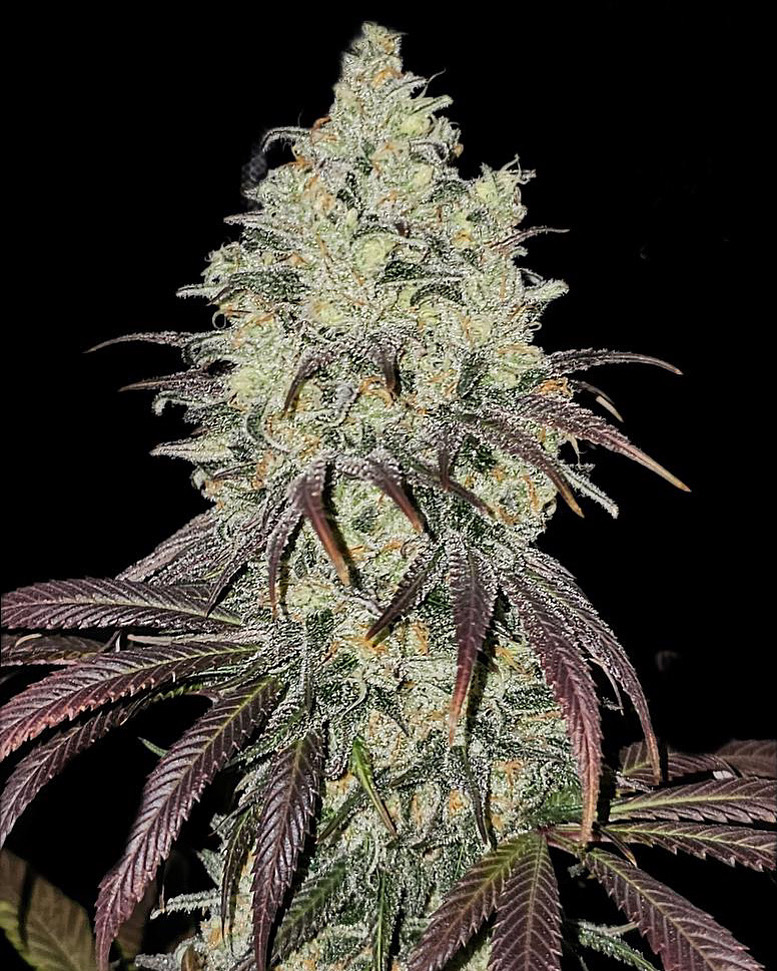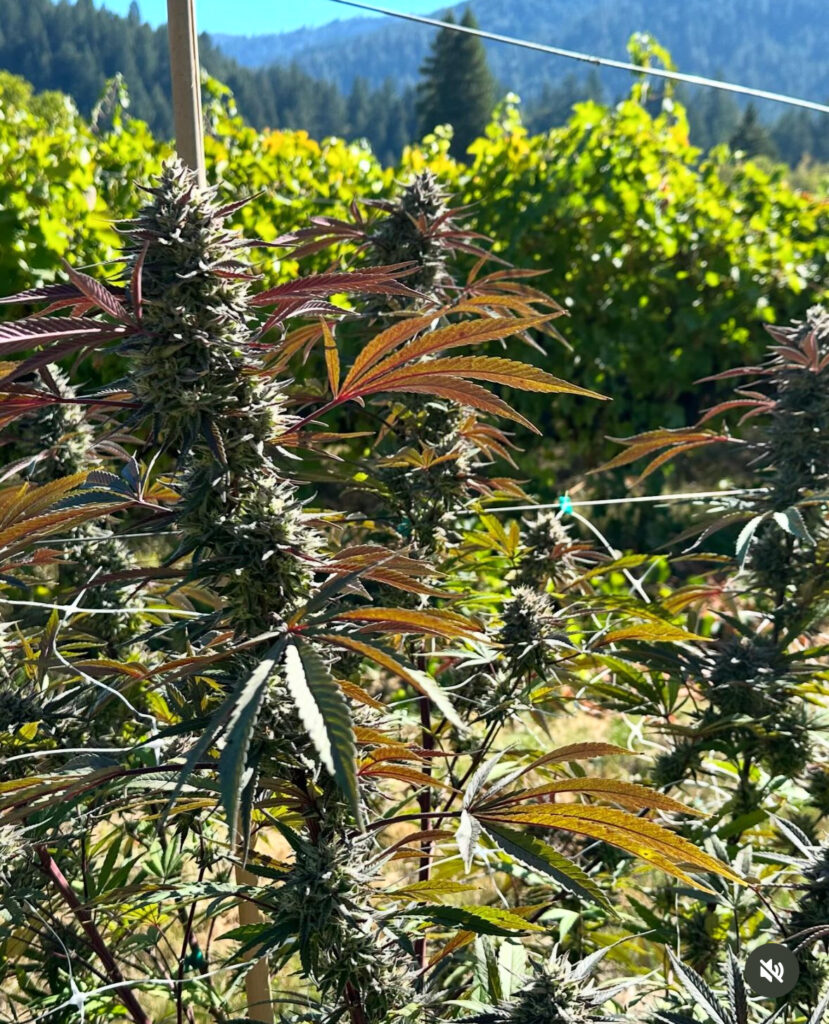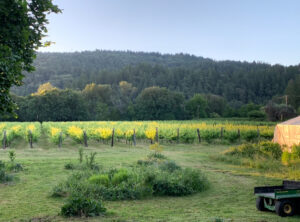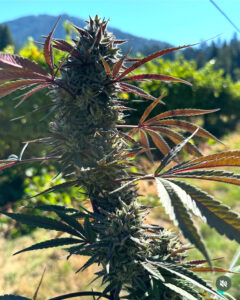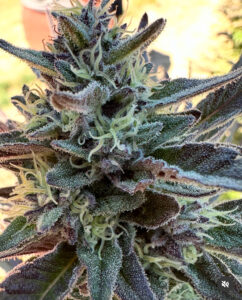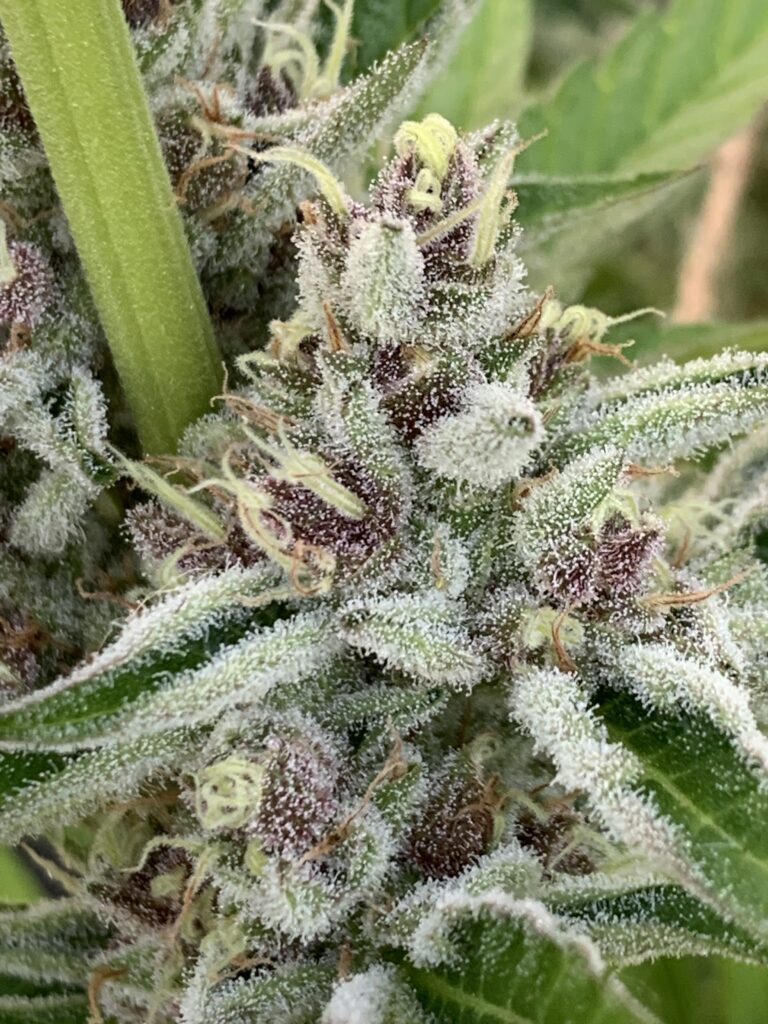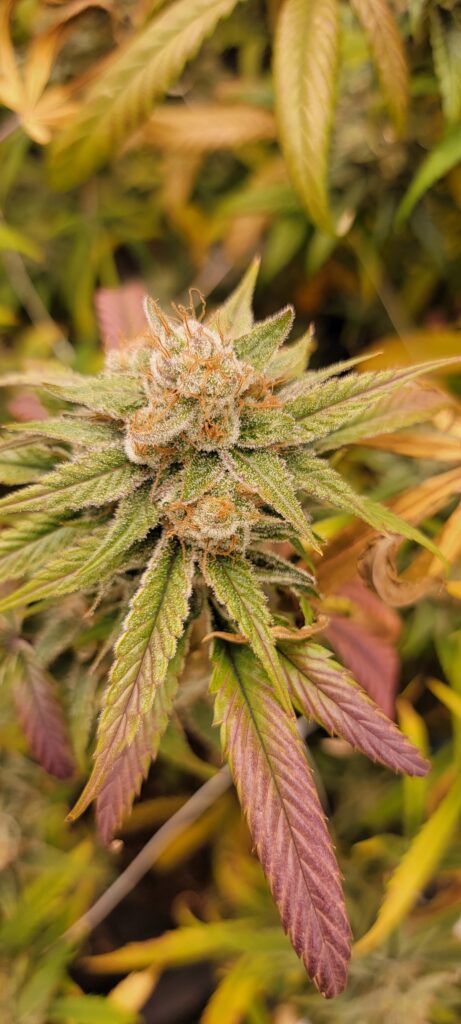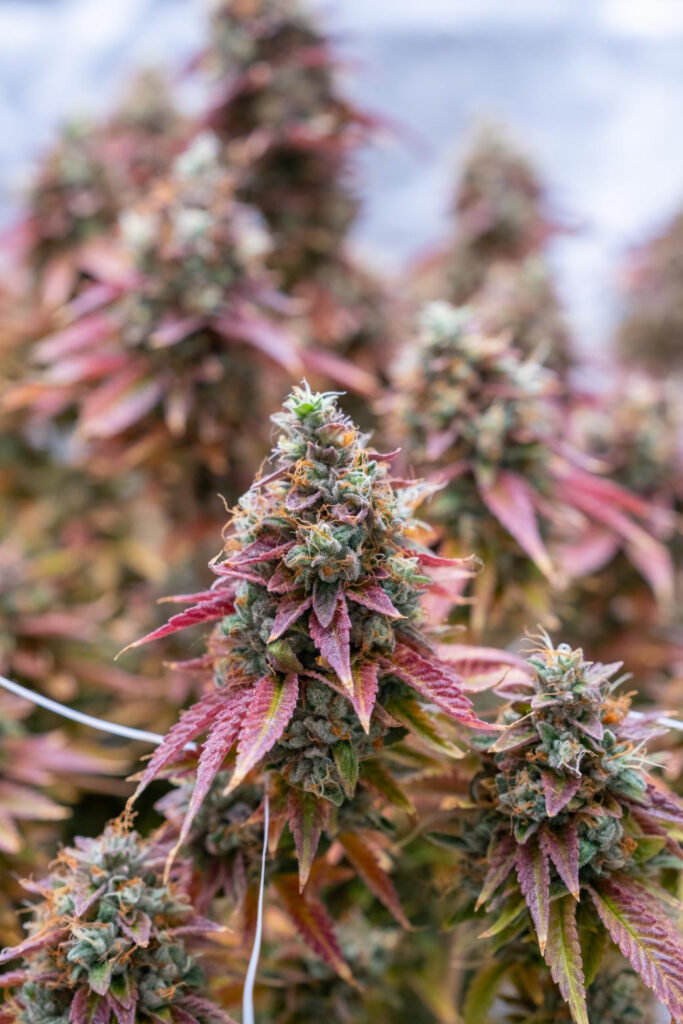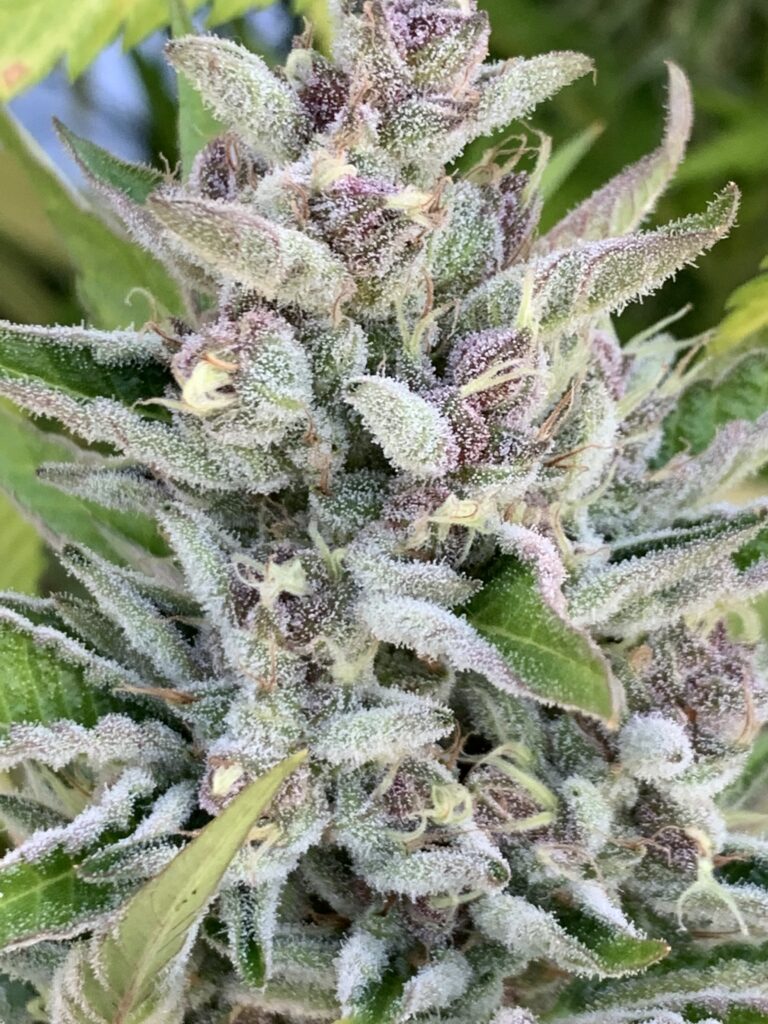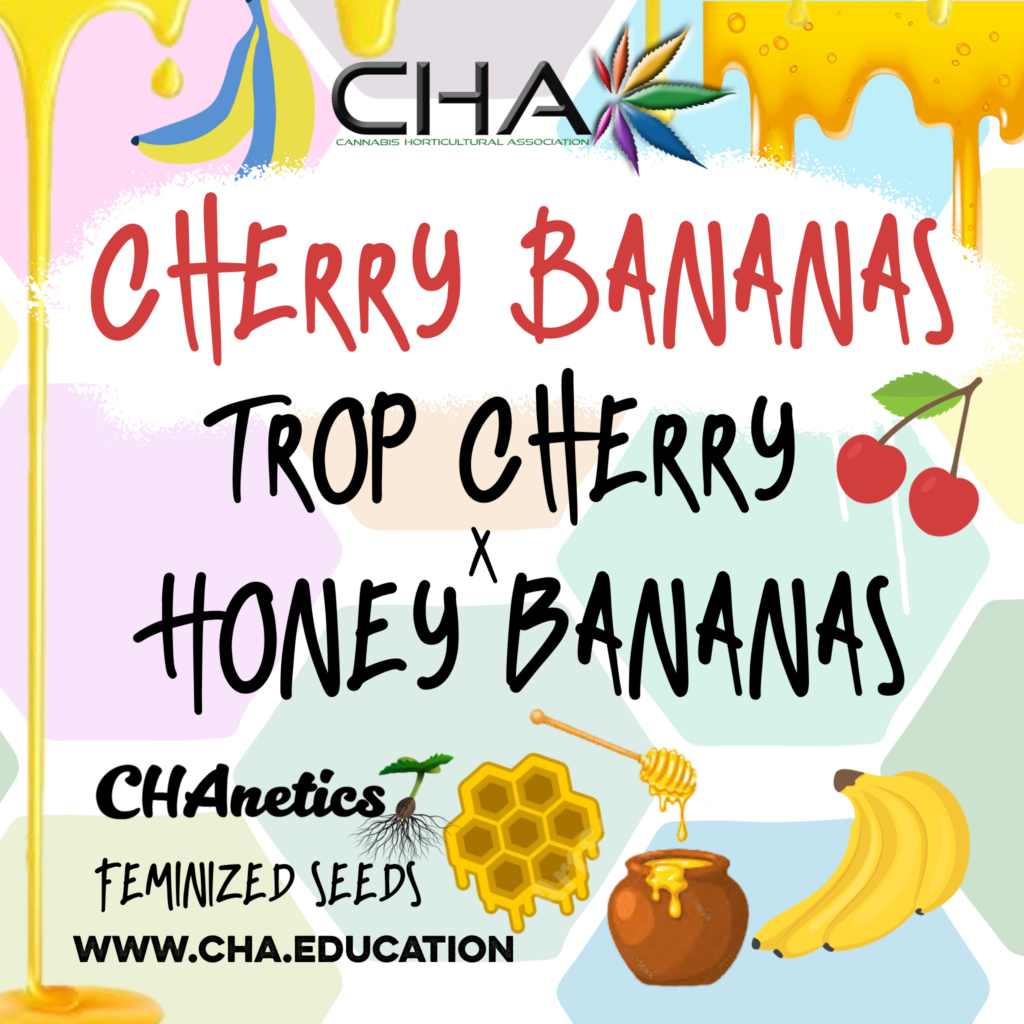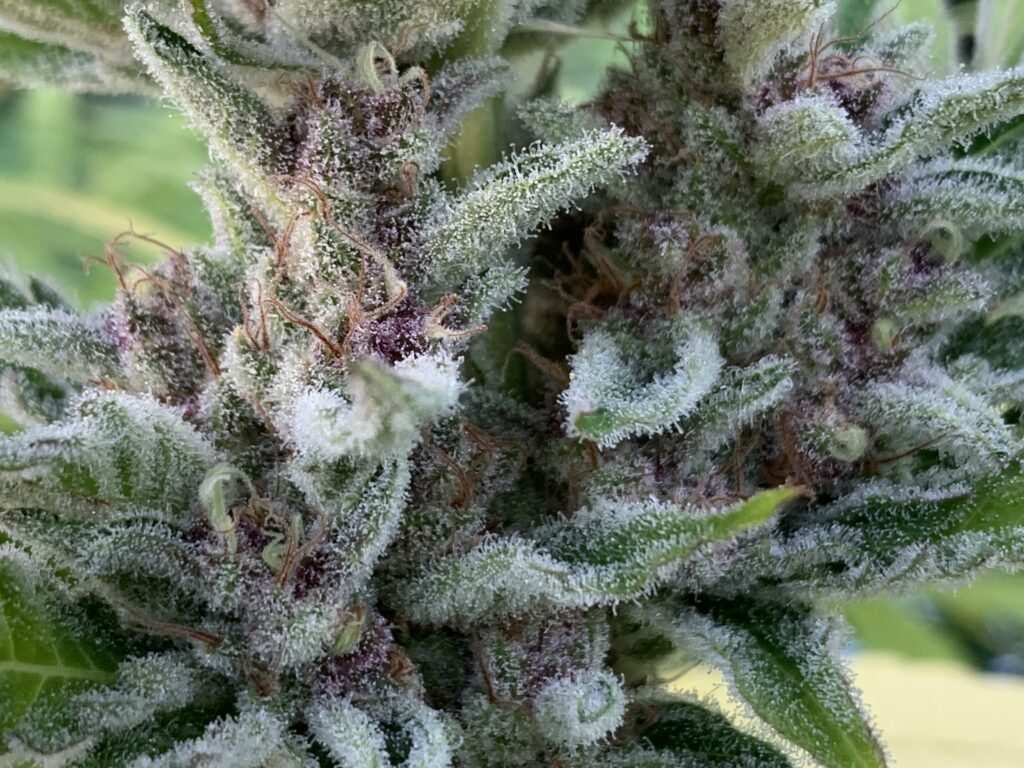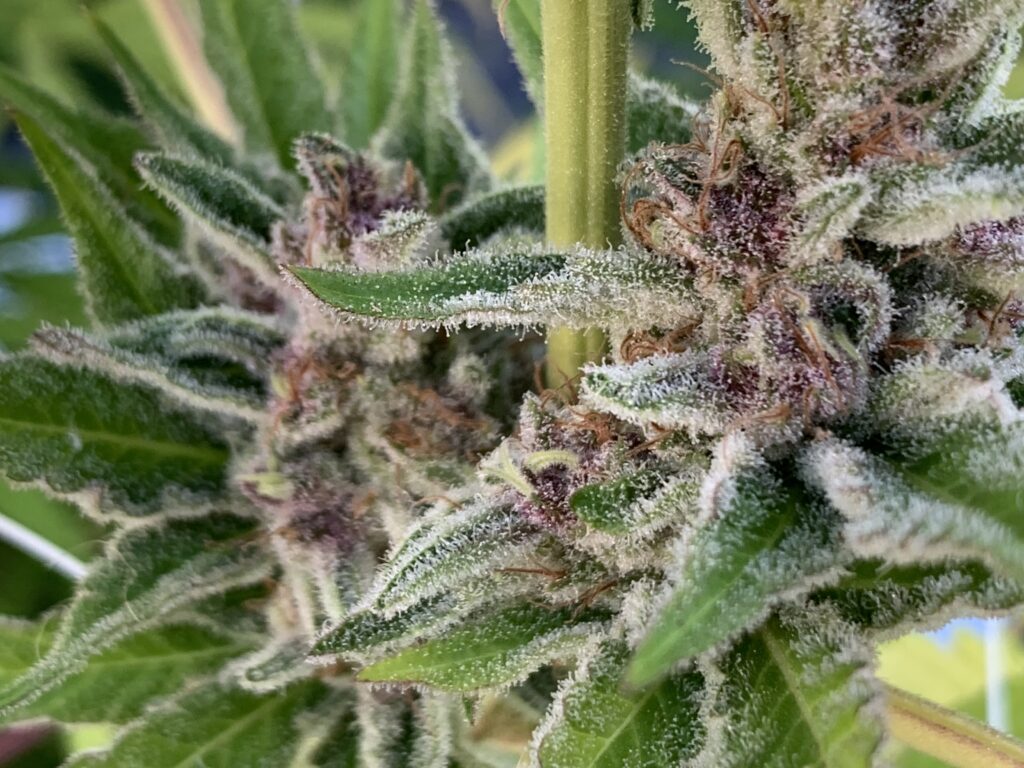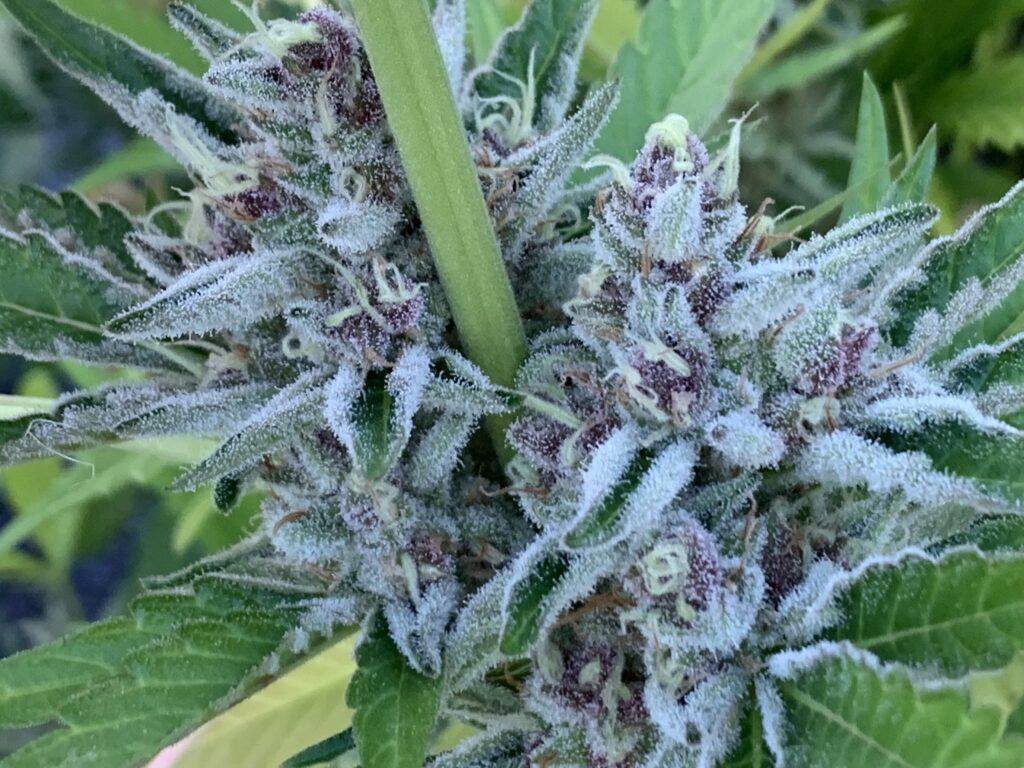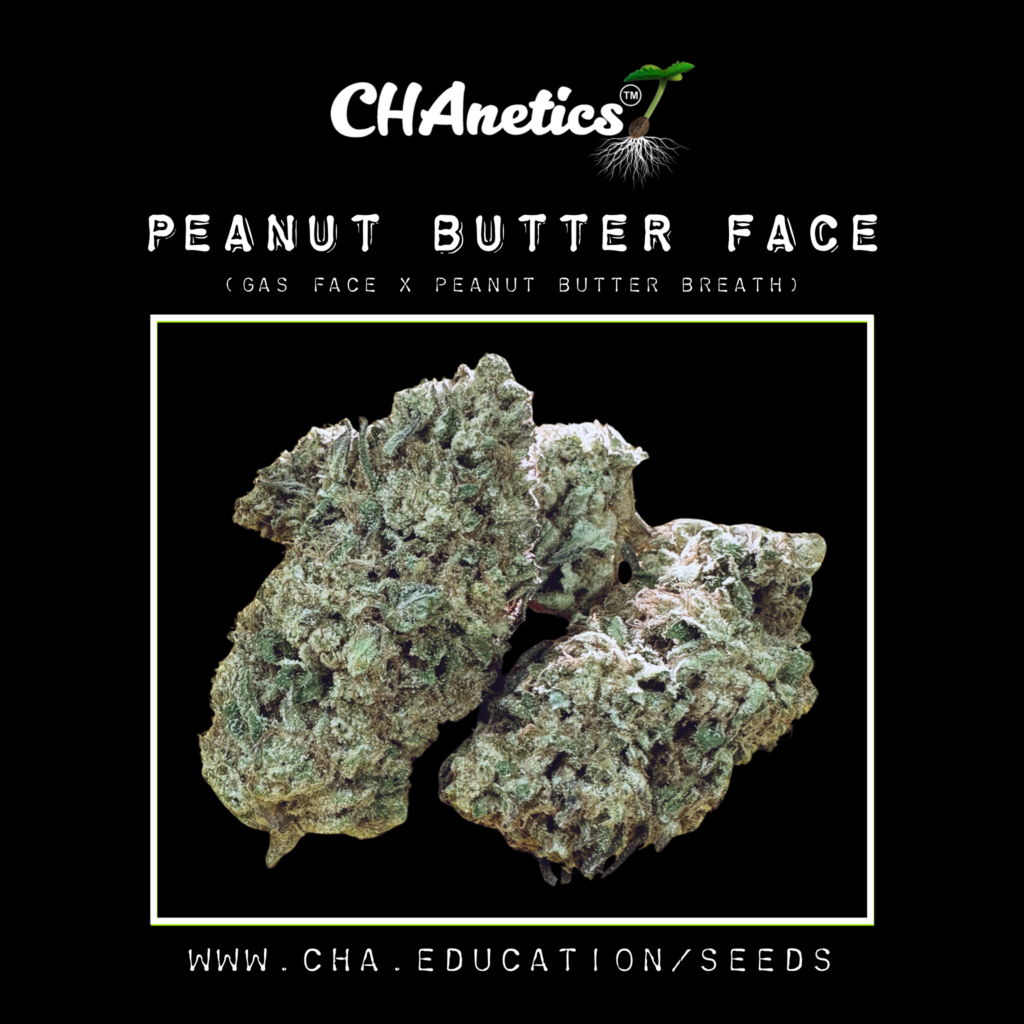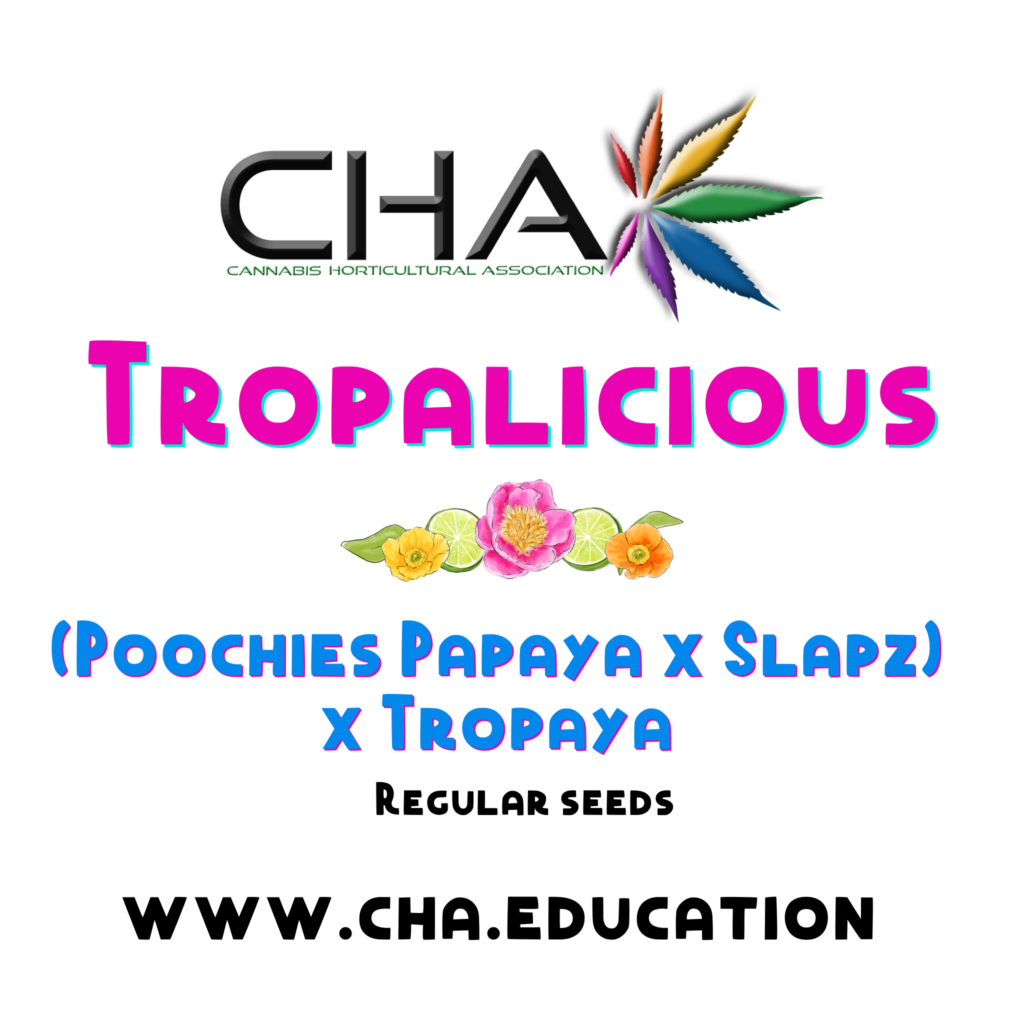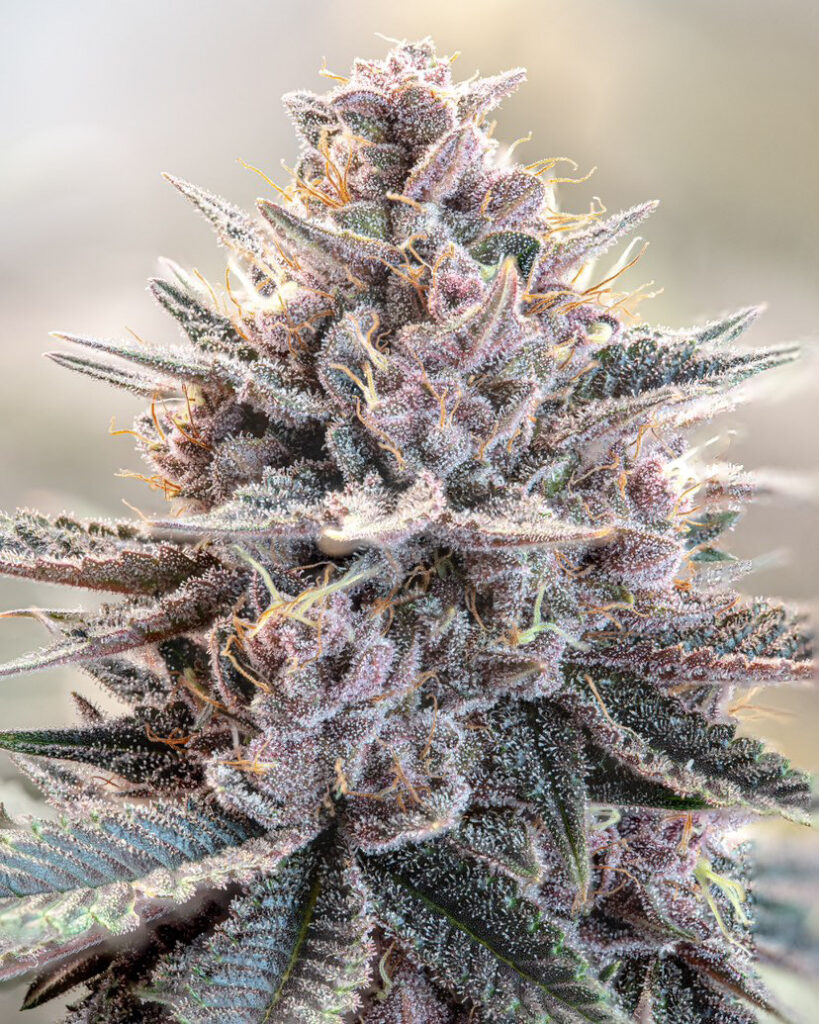The Entourage Effect Is Real — And Science Just Proved It.
by Cannabis Horticultural Association (CHA)
🌿 For Years, Growers Knew the Truth
For decades, the cannabis industry chased THC numbers like a scoreboard. Dispensaries advertised 30%+ strains as “stronger,” while craft cultivators quietly rolled their eyes, knowing that potency isn’t chemistry — it’s complexity.
Anyone who’s smoked truly well-grown flower knows the feeling: a 16% THC cultivar with a loud terpene profile can hit harder, feel richer, and last longer than sterile, high-THC corporate boof product that tests off the charts.
Now, science is catching up — and the real cannabis connoisseurs everywhere are feeling vindicated.
A new 2025 paper by Raz et al. titled “Selective activation of cannabinoid receptors by cannabis terpenes” just confirmed what cultivators have sensed intuitively: terpenes don’t just complement cannabinoids — they directly activate the same ECS receptors themselves.
In other words, the “entourage effect” isn’t marketing fluff anymore. It’s measurable biology.
🧬 Terpenes Talk to the Endocannabinoid System
The endocannabinoid system (ECS) is the body’s internal balancing network — a biochemical orchestra that regulates pain, mood, inflammation, and homeostasis. Its two major receptors, CB1 and CB2, are the conductors:
- CB1R: Concentrated in the brain and nervous system. It’s what THC binds to, creating psychoactive and euphoric effects.
- CB2R: Found in the immune system and peripheral tissues. It helps control inflammation, immune balance, and recovery.
Until recently, cannabinoids were thought to be the only compounds capable of directly binding and activating these receptor pathways within the endocannabinoid system. Terpenes were considered aroma molecules — background characters in cannabis chemistry.
But the Raz et al. study flipped that script. When scientists tested sixteen individual cannabis terpenes on CB1R and CB2R in controlled in vitro assays, they discovered that many terpenes activated these receptors directly — some as much as 40–60 % of the strength of THC in lab systems.
🧩 Receptor Selectivity: Why Some Strains Hit the Brain, Others the Body
The study also found that different terpenes prefer different receptors — a phenomenon known as receptor selectivity. In controlled in vitro assays, individual terpenes showed distinct activation patterns at CB1 and CB2 receptors, suggesting that certain classes of terpenes may influence the type of physiological response they elicit.
- Monoterpenes & CB1: In vitro, several common monoterpenes (e.g., limonene, α/β-pinene, linalool) activate CB1 as partial agonists. CB2 activity varies by terpene, so many appear CB1-biased in these assays, potentially influencing mood, alertness, and sensory tone.
- Sesquiterpenes & CB2: Among sesquiterpenes, β-caryophyllene is a well-established CB2-selective agonist with anti-inflammatory effects demonstrated in vivo. Humulene and bisabolol also show CB2 activity in vitro, supporting a generally CB2-leaning profile for several sesquiterpenes associated with inflammation control, physical recovery, and body relaxation.
- Dual-pathway terpenes: Myrcene, borneol, and nerolidol display measurable activation at both CB1 and CB2 in vitro, consistent with a dual-pathway profile. Multiple studies also indicate broader poly-pharmacology at non-cannabinoid targets, which may contribute to the “head-and-body harmony” cultivators call full-spectrum medicine.
This means the “type” of high — cerebral, euphoric, sedative, balanced — isn’t driven solely by THC or CBD, but by how each strain’s terpene fingerprint engages the ECS.
⚗️ In Vitro Evidence — The First Real Proof
These results came from in vitro experiments — cell lines engineered to express human CB1 or CB2 receptors. Researchers exposed them to specific terpenes for about an hour, measuring changes in intracellular signaling.
- CB1-biased terpenes: In vitro, limonene and α-pinene decreased intracellular cAMP in CB1-expressing cells through Gi/o-coupled pathways, consistent with partial THC-like activation of the receptor. The observed responses reached roughly 10–60 % of the efficacy seen with THC in the same assay systems.
- CB2-biased terpenes: β-caryophyllene and several other sesquiterpenes produced partial activation of CB2-linked Gi/o signaling (typically 10–50 % of THC’s efficacy). This functional activity aligns with β-caryophyllene’s well-documented role as a CB2-selective agonist associated with immune-modulatory and anti-inflammatory effects.
- Antagonist confirmation: When selective CB1 (rimonabant / SR141716A) or CB2 (AM630) antagonists were introduced, the terpene-induced responses were abolished. This demonstrates that the effects were receptor-mediated rather than the result of nonspecific cellular chemistry.
- Collectively, these findings provide the first functional evidence that multiple cannabis-derived terpenes can act as partial agonists at both CB1 and CB2 receptors, directly engaging the endocannabinoid system alongside cannabinoids.
While in vitro doesn’t perfectly replicate the human body, this is the first laboratory confirmation that terpenes are active ECS ligands, not passive passengers.
🌱 Why This Matters for Growers and Breeders
For growers, this moment is validation.
CHA has always emphasized that true quality cannabis isn’t defined by THC percentages — it’s the plant’s chemical symphony that matters. Terpenes, flavonoids, cannabinoids, and secondary metabolites all interact to create depth, duration, and nuance.
Now that the science confirms terpenes as active ECS compounds, cultivators have the data to back up what they’ve been saying all along:
“High-THC weed isn’t necessarily strong — balanced, terpene-rich weed is.”
This shift has real implications:
- Breeding: Focus can move toward terpene diversity and ratios, not just cannabinoid production.
- Analytics: Terpene testing should carry as much weight as potency numbers on COAs.
- Marketing: The next generation of strain descriptors may center on ECS signature profiles — CB1-dominant, CB2-dominant, or balanced.
And for real growers and connoisseurs, this is a huge cultural win. The old-school growers who prioritized aroma, cure, and “feel” are no longer anecdotal — they were early observers of a real biochemical phenomenon.
🧠 Monoterpenes vs Sesquiterpenes: Weight and Wisdom
Monoterpenes are composed of two isoprene units (C10H16), making them lighter and more volatile. They boil at lower temperatures, contribute bright citrus, pine, and floral aromas, and vaporize quickly during inhalation. Because they reach the brain rapidly, these compounds may help shape the immediate, cerebral qualities of the cannabis experience through partial CB1 engagement and other neuroactive pathways.
Sesquiterpenes contain three isoprene units (C15H24), giving them greater molecular weight and thermal stability. They produce earthy, woody, spicy, and musky tones—the enduring “base notes” of cannabis aroma. Several, such as β-caryophyllene, humulene, and bisabolol, also demonstrate partial or selective CB2 activation, correlating with anti-inflammatory and body-relaxing effects.
Together, these terpene classes illustrate the chemistry of balance: Monoterpenes = expression. Sesquiterpenes = foundation.
🔮 The Real Entourage Effect: Complexity Is Power
The emerging data depict the endocannabinoid system as a complex, multi-ligand network in which cannabinoids, terpenes, and other phytochemicals act as co-agonists or modulators across overlapping receptor systems.
That’s why two strains with identical THC and CBD percentages can feel completely different — their terpene composition is steering the biological conversation.
Cannabis isn’t just one molecule — it’s a whole language.
And terpenes are the inflection points that make the sentence mean something.
🪴 Final Thoughts
Growers have known it in their bones: the loudest, richest, stickiest flower — even at moderate THC levels — often delivers the most satisfying and medicinal experience.
Now the data agrees.
The entourage effect is real, quantifiable, and chemically justified. And once again, it’s the craft growers, breeders, and educators who led science to the truth — not the other way around.
At the Cannabis Horticultural Association, we believe this discovery marks the next era of cannabis cultivation — one guided not by numbers, but by balance, ecology, and resonance.
✳️ References
- Raz et al., Selective activation of cannabinoid receptors by cannabis terpenes (BBA – Molecular Cell Research, 2025)
- Gertsch et al., β-Caryophyllene is a dietary cannabinoid (PNAS, 2008)
- Project CBD, Which terpenes enhance the cannabis high? (2024)
The Entourage Effect Is Real — And Science Just Proved It. Read More »



